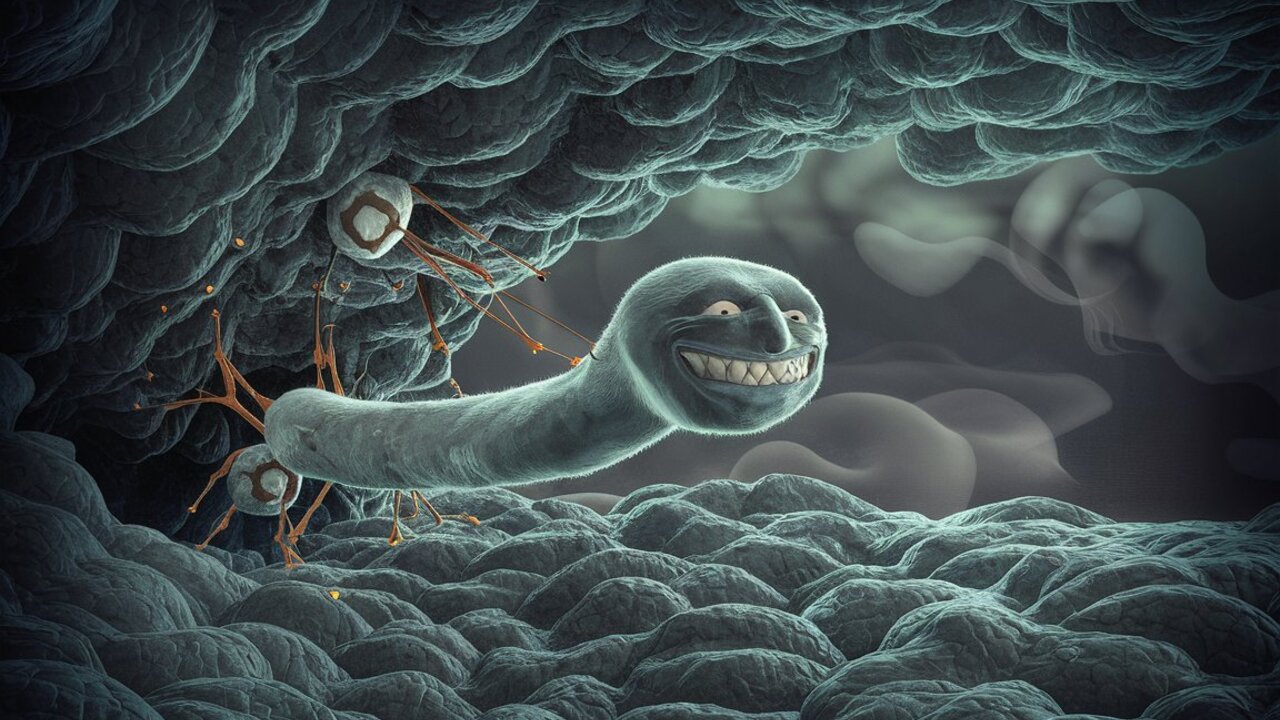C. pneumoniae, a pathogen associated with respiratory infections such as bronchitis and pneumonia, replicates only within host cells. Dr. A research team led by Johannes H. Hegemann discovered that C. pneumoniae mimics human proteins to manipulate the endocytosis process, allowing the bacterium to enter the cell and multiply within the cell.
The study showed that C. pneumoniae introduces the chlamydial protein SemD into the host cell, which binds to the vesicle membrane and activates the actin cytoskeleton, an important element of cellular transport. This allows the bacterium to hijack the endocytosis process normally reserved for smaller materials and enter the cell. The bacterial protein promotes infection by binding to N-WASP more efficiently than its natural counterpart, Cdc42.
The researchers hope these results will help develop new treatments that block interactions between bacterial and human proteins.
News materials cannot be equated with a doctor’s prescription. Consult an expert before making a decision.
Source: Ferra
I am a professional journalist and content creator with extensive experience writing for news websites. I currently work as an author at Gadget Onus, where I specialize in covering hot news topics. My written pieces have been published on some of the biggest media outlets around the world, including The Guardian and BBC News.










